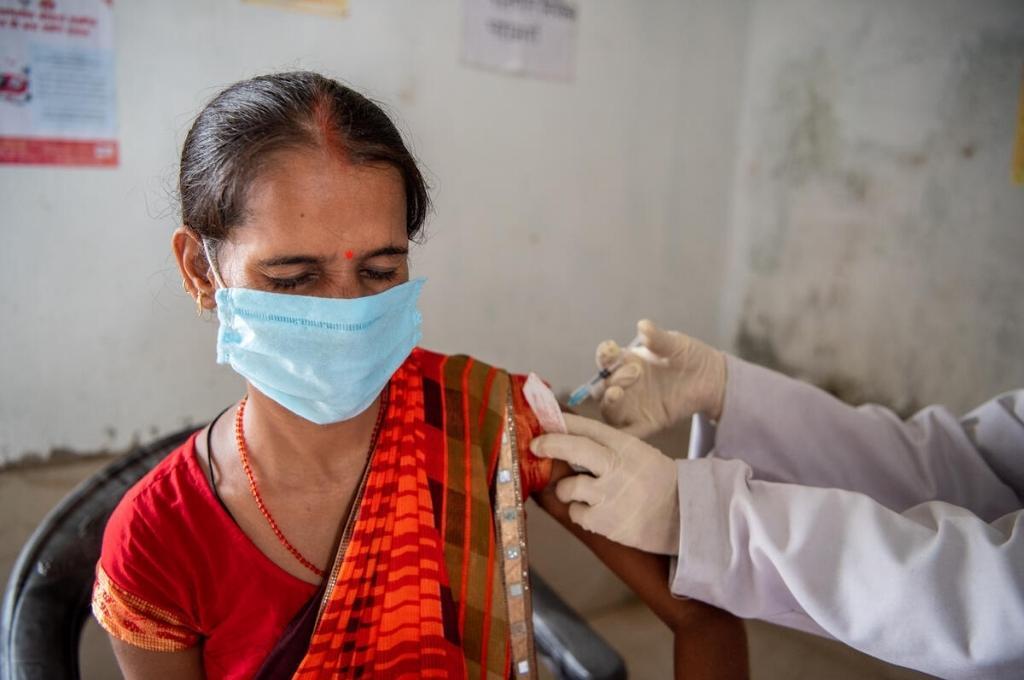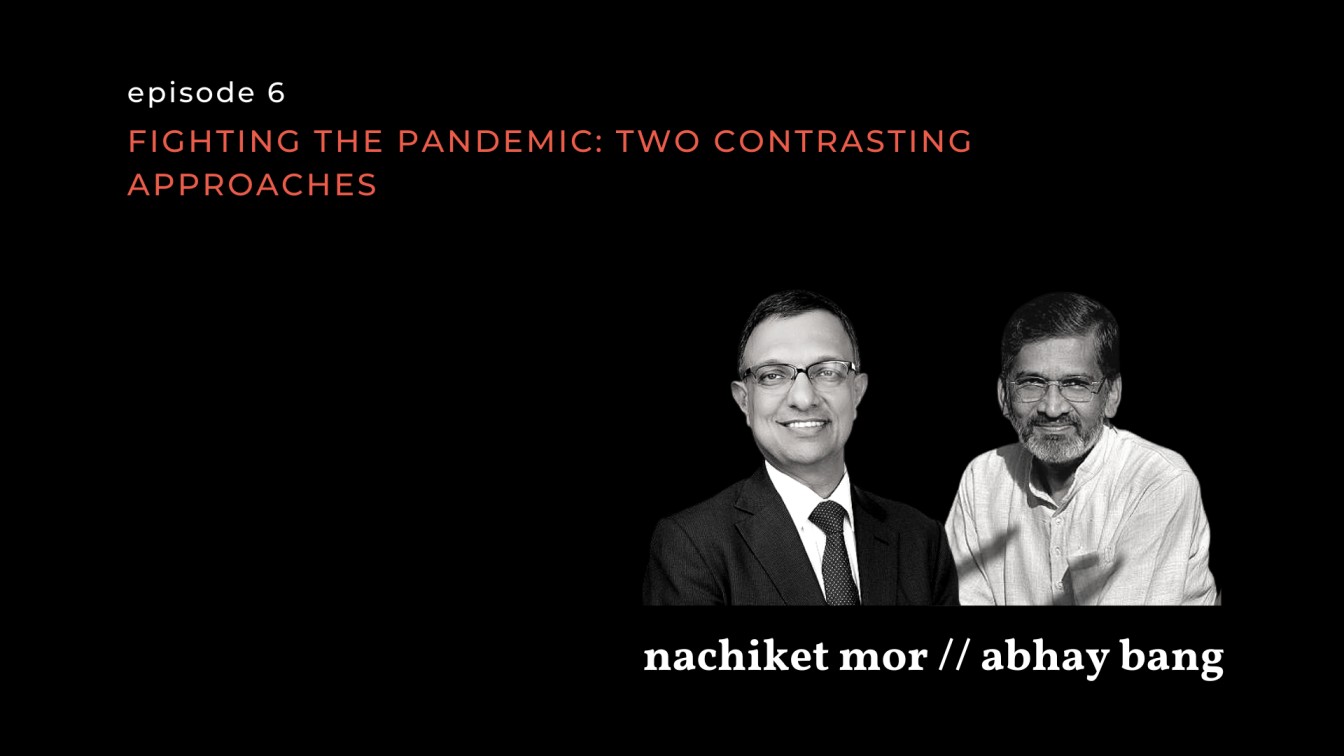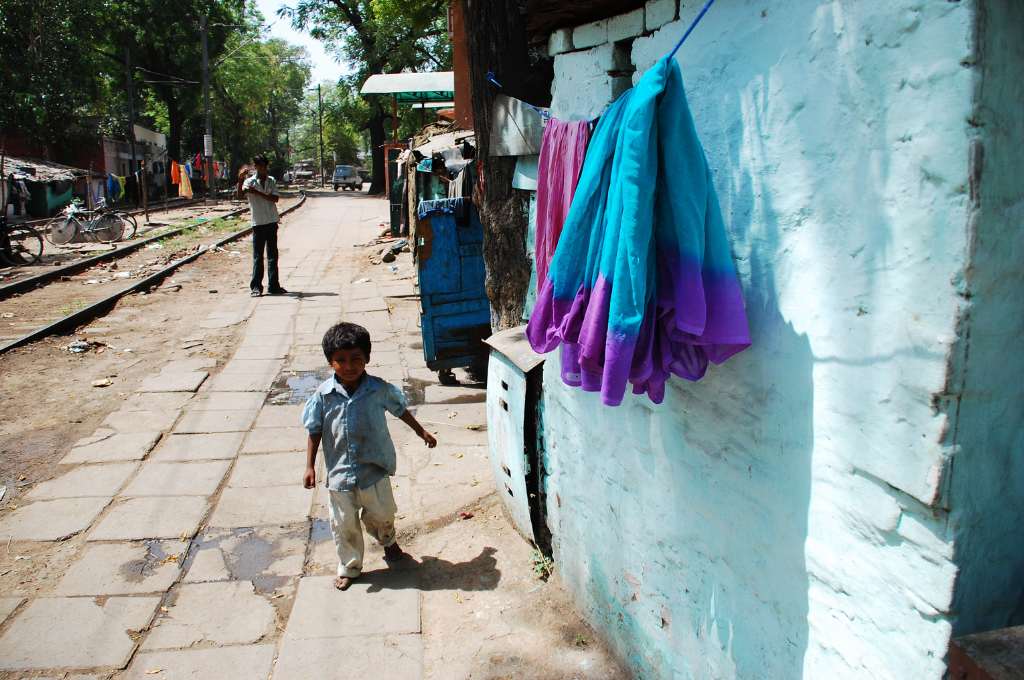Dr Gagandeep Kang is a microbiologist, virologist, and one of India’s most eminent medical scientists. She played a critical role in the development of the indigenous rotavirus vaccine and is the co-author of Till We Win: India’s Fight Against the COVID-19 Pandemic.
Kiran Mazumdar-Shaw is the executive chairperson of Biocon Limited and Biocon Biologics Limited. Under her leadership, Biocon has transformed the way pharmaceuticals are manufactured and produced. She is a recipient of the Padma Shri (1989) and Padma Bhushan (2005).
Edited excerpts from the episode:
Dr Gagandeep Kang
“The first principle that is applied is the principle of reciprocity. Who are the people at maximum risk of acquiring the disease and needed to provide healthcare? It’s essentially the healthcare workers. So, the first priority group in order to protect our ability to deliver healthcare, as well as return to those providers some element of protection, is healthcare workers. But this gave rise to more questions: Among healthcare workers whom do you focus on? Should it be emergency room doctors and nurses? Should it be researchers? Should it be ASHA workers who are out in the community? Fortunately, we didn’t have to make these difficult choices, and it was possible to think about immunising everybody who was a healthcare worker.”
“The question that followed was the one you’ve asked—do we want to save lives? Do we want to make sure that we prevent both severe morbidity and mortality? Or do we want to protect the economy? Or does it need to be a balance of the two? And at what stage do we decide that we’ve gone far enough in saving lives and now need to think about what we can do to protect the economy?”
Kiran Mazumdar-Shaw
“If you look through this lens, everyone is essential to society and to the economy. But I think we also have to look at various aspects of essentiality. So, for instance, when we started thinking about how to prioritise in a graded way, we considered who was most vulnerable in the young age group. You know, once you get down to the 45-year-olds, who are the ones that are most vulnerable to infection? Or, more importantly, for me, it is about the spread of the virus, you know, we need to do two things: protect people from getting the infection, and find ways to stop the spread of the infection.”
Dr Gagandeep Kang
“I think if we look at our healthcare system in general, what we observe is that our ability to access healthcare, screening services, and preventive services has so far been linked to our ability to pay for those services. The least common denominator is what the government can provide, and that varies with each state.
Now, the problem that I have with SARS-CoV-2 is that in a situation where you have a limited supply of resources, should your ability to purchase determine your access? Or is this something that should come later? And it’s a complicated question. As far as vaccination programmes are concerned, I think preventive services should be national programmes offered to everyone across the board. And when supply is limited, it is not the time to open it up to the private sector for preferential purchase. The private sector for distribution is another matter. If the private sector increases our ability to access populations to be able to deliver vaccines, I think that’s something you should partner with the private sector for when you have limited supplies.”
Kiran Mazumdar-Shaw
“Let me start by saying that price control is not something new for our industry. I think there is a national price control policy anyway. But I think what has happened in the case of vaccines is very, very inequitable as far as the industry is concerned. Unlike the US and other parts of the world that received substantial public funding for developing vaccines, in India none of the vaccine makers got enough funding to do so. And I think a lot of the investments made by the vaccine companies have been at risk. Now that the vaccines are required by the government and the government doesn’t want to spend more than it can afford or what it thinks it can afford, you can’t just put the onus on the vaccine makers and say, “Look, now is the time for national. It’s a national emergency. And now you do your bit.” What about the government doing its bit? So I feel it is unfair to put the burden of guilt on the vaccine makers and rid yourself of the responsibility of investing more into buying vaccines.”
“I think patent protection is very important to drive innovation. So if you just tell people that all vaccine makers won’t be able to protect their technologies with patents, I think the fear is that you won’t find enough innovation in the attempts to come up with new vaccines. So it will be counterproductive to enforce compulsory licensing of all vaccines.
But, equally, I think you must understand that there is a trade-off between patents and pricing. There needs to be a good model in which companies are able to negotiate a fair price for themselves, and health systems and countries should also get a fair price to vaccinate their populations. This pandemic has shown that it can be done. Because if you look at it, if you’re able to charge in the range of USD 3 to even USD 10, or USD 15, for a vaccine dose, it’s not hugely prohibitive. Even in India today, our own home-made Covaxin is hoping to charge USD 20 for a vaccine, and the Indian government doesn’t seem to be flinching. So, if that is the case, then most vaccines are within that affordable category.”
—
Read more
- India’s COVID-19 vaccine drive is excluding millions of citizens
- India’s COVID-19 response limited by strong urban and tech bias
- How rebuilding trust in the public healthcare system can help combat vaccine hesitancy in rural communities
- A ‘corona demon’ raises awareness about COVID-19 in rural Andhra Pradesh
- A pathway to universal healthcare in India
- Engaging communities is critical to the COVID-19 response
- Is the COVID-19 vaccine in India a public or a private good?
- Upholding trust in vaccination
- An Expert Explains: The COVID-19 vaccine route to a healthy India
- Learn more about the Coalition for Epidemic Preparedness Innovations or CEPI
- ‘None are safe until all are safe’: COVID-19 vaccine rollout in low- and middle-income countries




